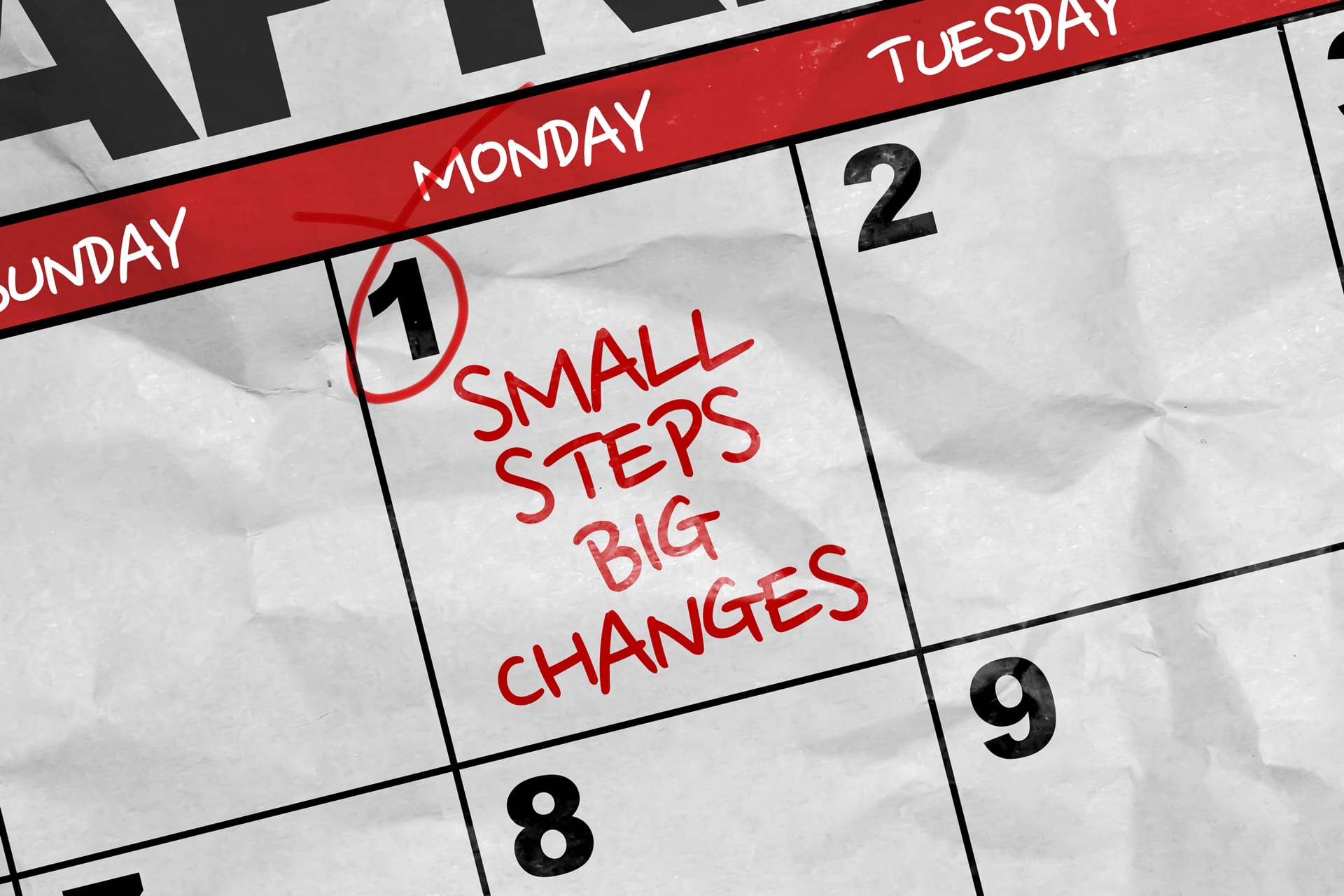Educators have navigated uncertainty and unprecedented challenges since March 2020, even as most other sectors of the economy shut down completely. Earlier this month, President Biden directed all states to prioritize teachers, school staff, and childcare workers for COVID-19 vaccination, to vaccinate with their first shots by the end of March, marking this month School and Childcare Staff COVID-19 Vaccination Month. Currently, the Federal Retail Pharmacy Program is prioritizing the vaccination of all teachers, school staff, and childcare workers, and new CDC resources are available to provide vaccination information here. Yet as the COVID-19 vaccine does gradually become more widely available, polling data continues to show that a significant percentage of Americans prefer not to receive a shot, research from the Society for Human Resource Management (SHRM) found that 28% of U.S. workers are willing to lose their job rather than get vaccinated. The risk of future in-person learning disruption or shutdowns due to increased COVID-19 infection in classrooms is of great concern moving forward, as various districts staff and students have faced multiple rounds of quarantine because of illness or exposure. However, in-person school attendance “is not a primary driver of community transmission” according to the CDC, which states that, “the science has demonstrated that schools can reopen safely prior to all teachers being vaccinated.” So, how do educators navigate this latest challenge on the road to recovery, while ensuring school staff, students, and families feel safe and secure? Read on for the latest guidance.
Can an employer make COVID-19 vaccinations mandatory for workers?
ANSWER: In December, the federal agency focused on workplace discrimination, the Equal Employment Opportunity Commission, said because the vaccination itself is not a medical examination, employers could make COVID-19 shots mandatory for their workers. Keep in mind that if employees have medical or religious reasons that prevent them from taking a coronavirus vaccine, employers could be legally required to give the workers some reasonable alternative to continue to work. Also, for employers with a unionized workforce, the employer must consider bargaining requirements before implementing a mandatory vaccine policy.
Can an employer ask an employee if he or she has already received the vaccine or require proof of vaccination?
ANSWER: Generally, yes. However, that inquiry can only be made, according to the EEOC, if the question is “job-related and consistent with business necessity” as provided under the ADA. To meet this job-relatedness standard, the employer will need to establish that the worker’s failure to be vaccinated would pose a “direct threat” to the well-being of that employee or others with whom the employee would have contact as part of his or her job duties. No states are publicly reporting the percentage of teachers and school staff that have been vaccinated, according to a Johns Hopkins University analysis.
Can an employer fire an employee who refuses to be vaccinated?
ANSWER: Possibly, in limited circumstances. The EEOC guidance reminds employers that it will need to make reasonable accommodations to employees seeking an exemption due to disability-related reasons or religious objections and will need to follow the established reasonable accommodation process under either the ADA or Title VII before taking any adverse employment actions. The EEOC cautions employers that if it can establish that an employee who is not vaccinated poses a direct threat (that cannot be accommodated without undue hardship), the employer can exclude the employee from the worksite, but the employer cannot terminate the employee without further consideration of the employee’s legal protections or other possible accommodation, including whether the employee can perform his or her job remotely.
It is important to remember that the EEOC guidance is only that—guidance—and not a law. Consequently, some employees may legally challenge mandatory vaccination programs therefore, many employers may opt to strongly encourage vaccination without requiring it. A recent survey found that while most employers have no plan to create a mandatory vaccination process, many do plan to encourage employees to get the vaccine. Nearly 90% said they would provide information to employees (e.g., how to get vaccinated, the benefits of doing so) and nearly 40% said they would offer vaccine administration at their facility to increase convenience – even though this may be easier said than done. A third said they would offer paid time off for employees to receive the vaccine and/or recover from any side effects. According to New York State’s COVID-19 Vaccine Tracker, 17% of the population is currently completely vaccinated.
We hope this summary provides some helpful information for your school to consider as you navigate this complex issue. Pursuing a mandatory vaccination program ultimately requires management, together with its legal and HR teams, to engage in significant planning and develop a program detailing how the process will work from beginning to end. If your team would like to talk to our firm, please contact us today. Additionally, if you have HR questions, please reach out to our wholly-owned subsidiary Visions HR, and connect with Janet Giannetta.










